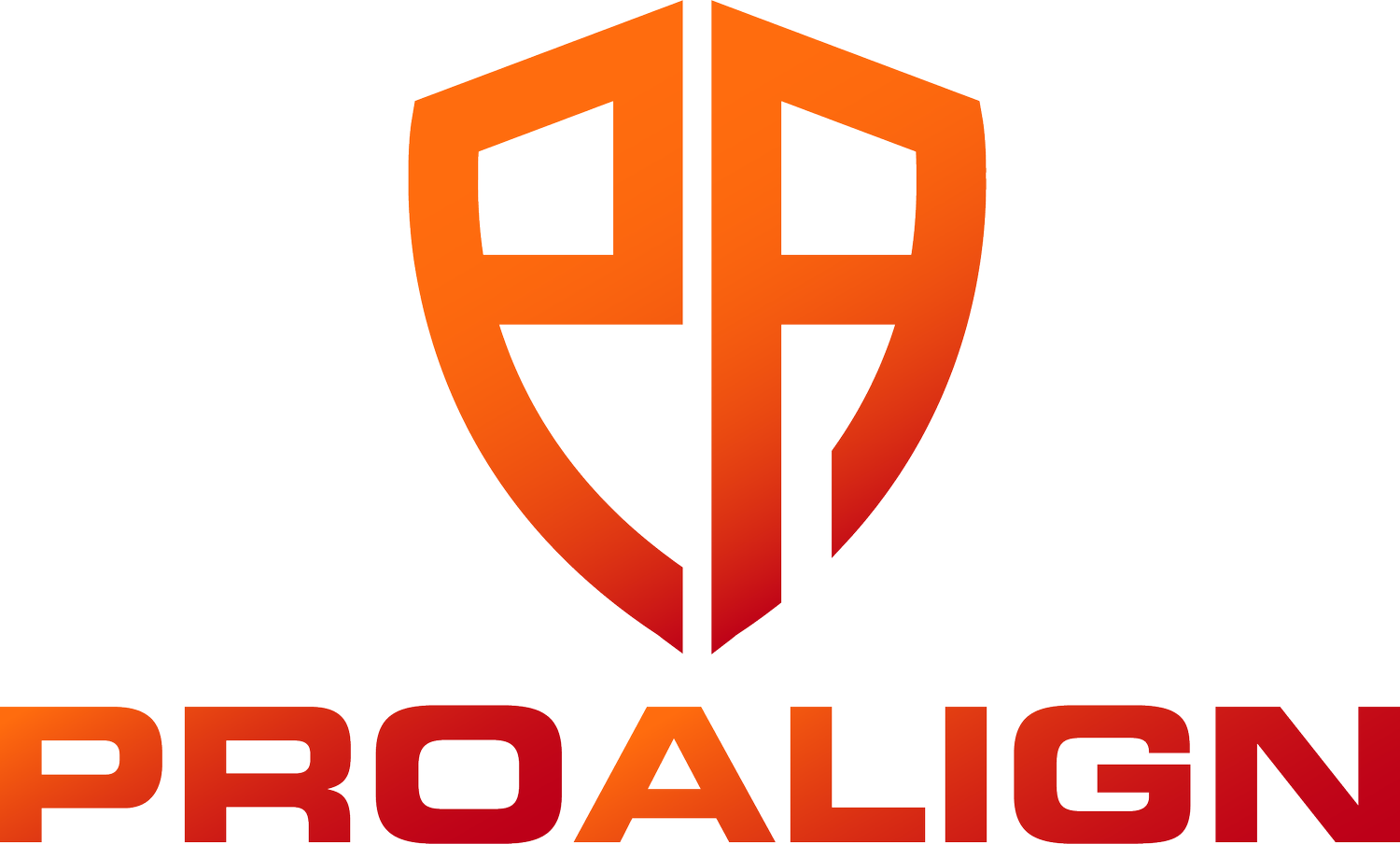Use Cases
Theranos | Unmasking the Fraud
Theranos truly captivated Silicon Valley with its promise to perform a wide array of tests using only a few drops of blood, potentially revolutionizing diagnostics by being faster, cheaper, and less invasive. However, Theranos's claims were later found to be false, and the company ultimately collapsed under scrutiny and legal challenges.
And behind the scenes, internal discontent and technical inconsistencies quietly brewed.
Had OSINT been employed to monitor employee sentiment, whistleblower activity, and discrepancies between public statements and patent filings or scientific communications, red flags would have surfaced far earlier.
Online breadcrumbs found on social media platforms such as LinkedIn, Reddit, and healthcare forums revealed cracks long before regulators stepped in. This case underscores how OSINT empowers stakeholders to assess truth through transparency.
Ukraine | OSINT in Conflict
The war in Ukraine revealed OSINT’s critical role on the global stage. From satellite imagery tracking troop movements to geolocated TikTok videos pinpointing missile strikes, open-source intelligence reshaped how modern conflict is understood and reported.
Ukrainian citizens, journalists, and researchers used publicly available tools to validate attacks and anticipate escalation.
For organizations facing geopolitical risks, this demonstrated the value of scalable, transparent intelligence collection to turn distributed data into centralized awareness that can ultimately inform decisions, safeguard personnel, and verify truth under pressure.
Astroworld | The Silent Warnings in a Loud Crowd
Travis Scott's performance at the Astroworld Festival in Houston, Texas, on November 5, 2021 became an unforgettable and devastating tragedy. Ten people died, and hundreds were injured as the crowd surged forward during the performance.
OSINT tools could have analyzed real-time social media activity, ticket forum chatter, and behavioral cues indicating crowd unrest, enabling organizers and first responders to intervene sooner.
By the time the crowd surge became visible on the ground, it was too late. Prior prevention protocol with proper escalation channels and a connection to the command center could have potentially prevented this tragedy. OSINT experts would have monitored these signals continuously, creating a feedback loop of digital-to-physical awareness that could have saved lives.
WeWork | Critical Signals Behind a Valuation Collapse
What began as a fast‑growing co‑working juggernaut catastrophically unraveled under the weight of Adam Newman’s erratic behavior, falsified financials, and a toxic workplace culture. Investors, eager for the next tech unicorn, bypassed crucial due diligence and leaned heavily on growth metrics and pitch material negating employee sentiment, media rumors, and executive leadership behavior.
WeWork skyrocketed to a $47 billion private valuation in 2019 only to file for bankruptcy in November of 2023. Behind the headlines of rapid expansion lay an emerging crisis of culture and governance that traditional investment due diligence never uncovered.
During WeWork’s critical 2017–2018 IPO preparation window, investors would have benefited from OSINT due diligence to assess leadership, cultural, and financial risks by
- Correlating public profiles, search‑engine data, social‑media activity, and funding announcements to chart ties between Adam Neumann, board members, and key backers to unveil undue founder influence and conflicts of interest.
- Monitoring SEC filings, trademark registrations, and court dockets for insider stock sales, pending litigation, or compliance actions that failed to corroborate to WeWork's public narrative.
- Aggregating coverage from business press, industry blogs, and tech/business influencers to surface growing skepticism around WeWork’s strategy, governance practices, and financial health.
Proper due diligence on Glassdoor, Reddit, and Twitter (now X) would have guided analysts to spot recurring mentions of keywords such as, “cult,” “fake financials,” and “toxic management.” Monitoring private forums and industry news would have exposed concerns over founder behavior and muddied board decisions, while investigating corporate filings, trademarks, and public investor documents could have exposed severe inconsistencies between WeWork’s claims and its underlying operations.
OSINT engagement would have layered real‑time sentiment analysis, trend monitoring, and leadership reputation audits to surface crucial intelligence long before the demise of WeWork. With OSINT in hand, stakeholder and investors could have called for uncompromising transparency, set IPO conditions around workplace culture governance, or even postponed the investment, pivoting from damage control to proactive risk mitigation and not only saving billions but also preventing public backlash.
Use Cases









